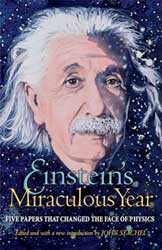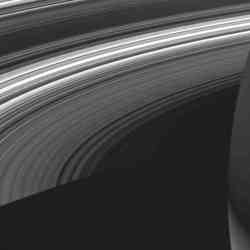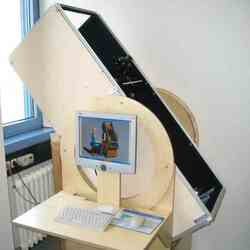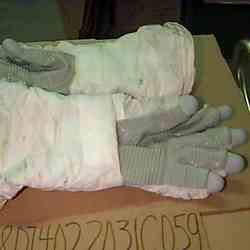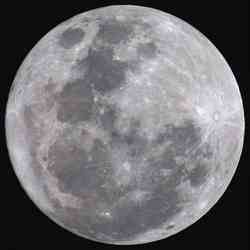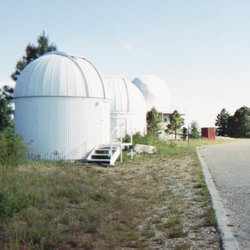
A view of the observatories atop Mount Lemmon’s summit. Image credit: Yvette Cendes. Click to enlarge.
Welcome to the world of astronomy camp. Every year, the University of Arizona astronomy camps host teenagers, adults, and educators from around the world. Taking place on Mount Lemmon, a mountain with numerous astronomical instruments near Tucson, Arizona, the camps allow the participants to become ?guest astronomers? from being housed in the professional astronomers? dormitories to learning how to use the various computer programs. The campers even get to do their own research using telescopes and instruments that would turn most professionals green with envy: a 12? equipped with a CCD camera, a 40? with a photometer, a 60? with an imager, and even a 61? with a spectrometer on nearby Mount Bigelow.
This year, the 2005 Advanced Teen Camp took place for nine days in late June and early July. The campers were diverse: 28 campers evenly divided between male and female, ranging from age 14 to age 18, from sixteen states and one foreign country. Each camper had to write an essay and have a letter of recommendation to be accepted, and all the campers arrived in Tucson excited but nervous about what to expect. ?We want this to be the best week of your life,? said Dr. Don McCarthy, a Steward Observatory astronomer and director of astronomy camp. By the last day, most campers agreed that it had been just that.
Before astronomy camp began, the campers were encouraged to begin brainstorming project ideas for research they would like to conduct during the week. The campers then had two days to refine ideas before they were written as proposals and submitted to the camp?s Telescope Allocation Committee (TAC), which then figured out an observing schedule on each telescope for the remainder of the week. After all the data had been collected and analyzed, the camp culminated on the last day with a miniature conference where each group presented their findings.
The projects that were carried out during astronomy camp varied in incredible amounts and showed just what the campers were interested in from imaging galaxies to finding the properties of planetary nebulae. One group was on the 61? every night taking data from quasars, which yielded things such as the distance and velocity of each object after careful calculation. Another group, which became all too painfully aware that astronomy is filled with problems, went through three different types of instrumentation before finally getting usable data on an asteroid?s light curve.
The campers even made observations that contributed to cutting edge astronomical research. Armed with the imaging capabilities of the 60? and the help of the Catalina Sky Survey, the campers tracked the movements for several Kuiper Belt Objects (KBOs) and conducted a search for Near Earth Objects (NEOs). The KBO group was successful in tracking the KBOs and even recovered a previously lost object. The NEO group topped even that: after ?blinking? several hundred images taken of the same parts of the sky at various times the group not only recovered several lost NEOs but discovered a completely new one themselves! The newly discovered asteroid, 2005 MG5, was discovered on the nearest point of its orbit to Earth, and was followed up on by several other observatories around the world. Not bad for a few teenagers still in high school!
When not observing or sleeping off the effects of staying up all night (to the excitement of any teenager, the campers did not have to wake before noon) the days were filled with lectures on various astronomical topics from the camp counselors on everything from the properties of reflecting telescopes to the Deep Impact mission. There was also time to observe our nearest star, the Sun, through numerous safe ways including pinhole projection and through a hydrogen alpha filter. The days were rounded off with other interesting activities, such as watching astronomy-related Simpsons episodes and numerous chess duels.
In the middle of camp, there was a break from the usual schedule for an overnight trip to Mount Graham International Observatory, which houses the Large Binocular Telescope (LBT), the Sub-Millimeter Telescope (SMT), and the Vatican Observatory (jokingly referred to as the ?pope scope?). This caused great excitement among the campers for good reason: the LBT will become the largest telescope in the world upon completion with its twin 8.4m mirrors, the first of which saw first light in 2004. Not only did the campers sleep in the telescope building, they got to see the building open up at sunset! To top it off, the campers had the opportunity to use the SMT telescope, observing various objects throughout the night in radio wavelengths not available on Mount Lemmon.
Before the campers knew it, it was the last day of camp and graduation was being held in downtown Tucson in the additional company of camper relatives. While handing out the certificates, however, the campers were roasted a little by the counselors, who singled out campers for everything from ?The Falsetto Award? to ?Greatest Fruit Lover? and ?Best Impersonation of Spock.? After numerous hugs all around and sorrowful goodbyes, the campers left for homes scattered around the globe. Would there be another reunion sometime in the future? It is likely: down the line most campers end up in the most top-notch universities, and many continue on in similar engineering and science fields. Not surprisingly, many even go on to become the next generation of astronomers, citing their week in Arizona as the primary inspiration in their decision.
What does the future hold for astronomy camp? It appears the program will soon be expanding: numerous plans are in the works for Mount Lemmon, including a brand-new 2.4 meter telescope exclusively for camp use. In the world of astronomy camp, the sky is truly the limit.
Visit the Astronomy Camp website
Written by Yvette Cendes

